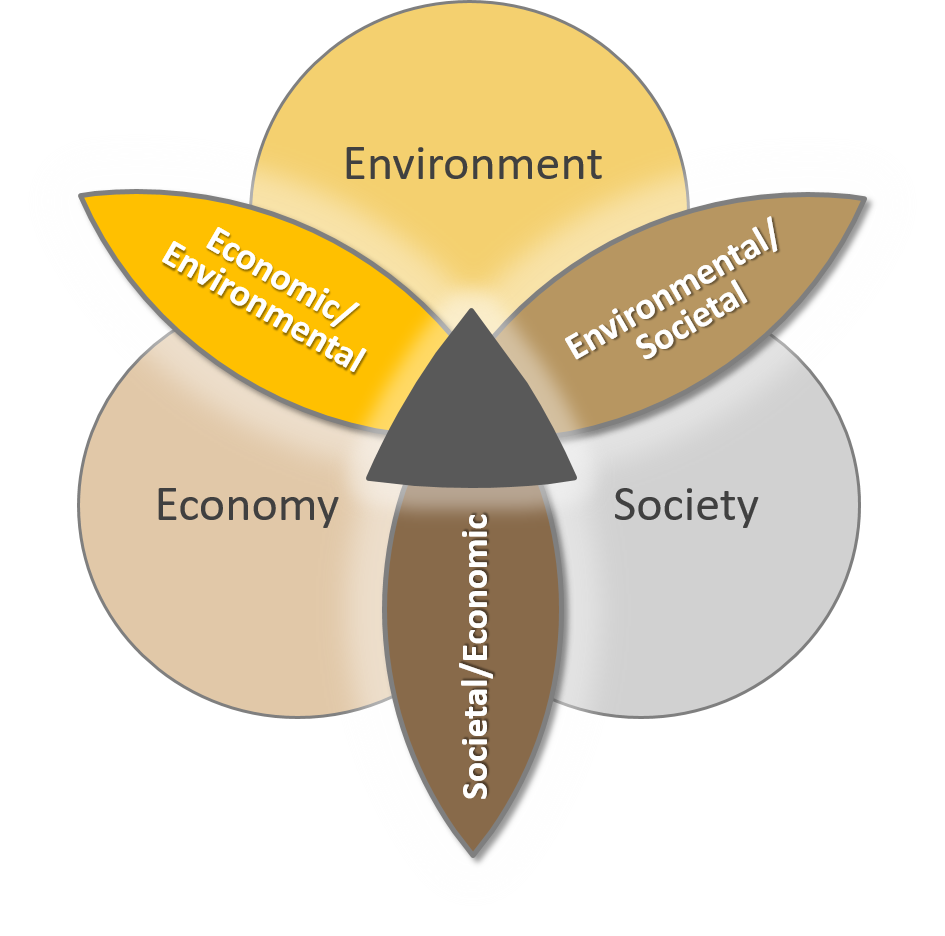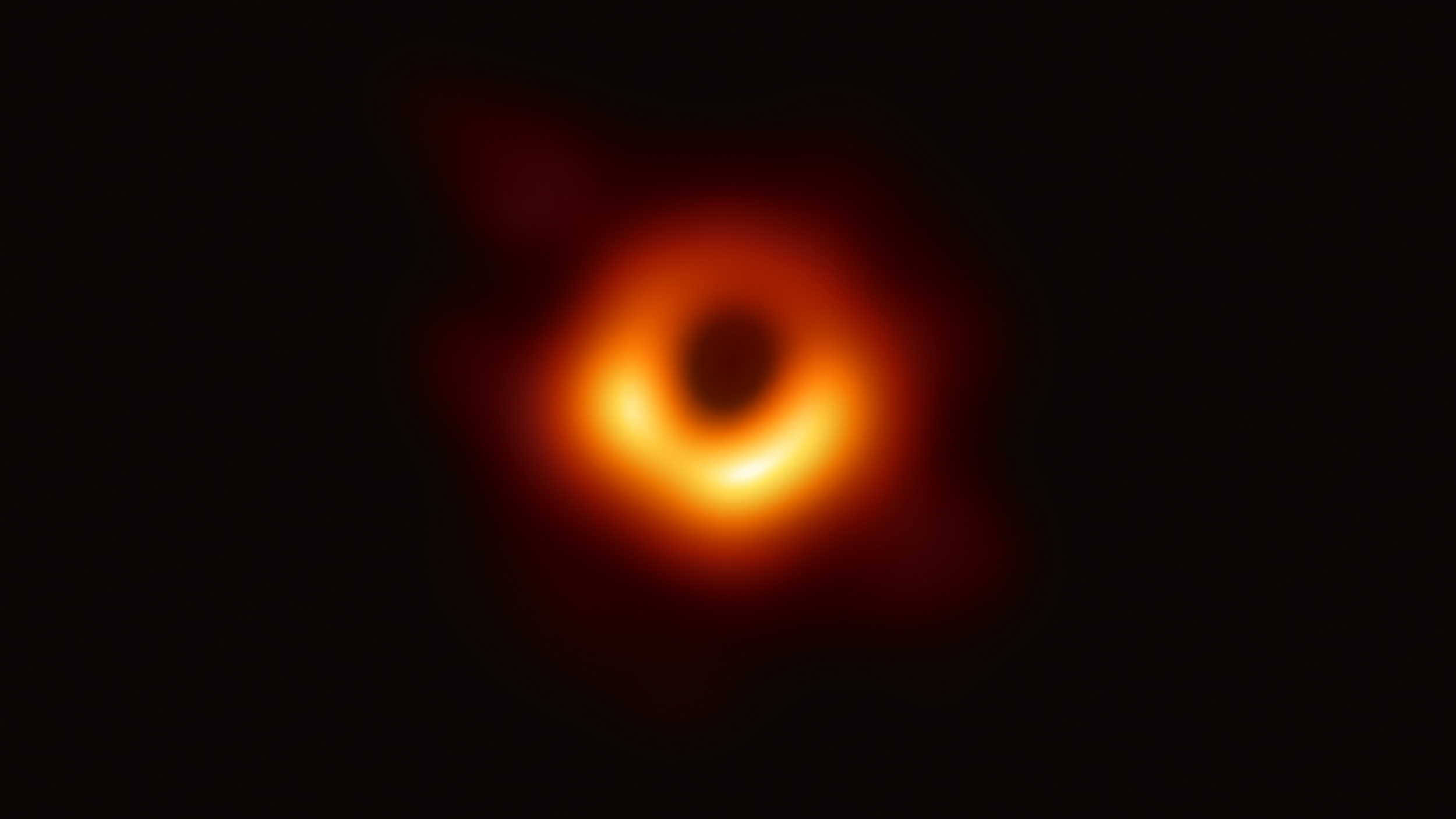This passage is my general idea about computational sustainablility.
A Brief Studying of Computational Sustainability
1. Introduction of SUS
Sustainability, briefly named as SUS, has been a great issue for a long time. Most people agree that it contains 3 parts: environmental, economic and social sustainability. And this is the most common agreement of SUS.
From my point of view, SUS is quite important because it cares a lot about the properties of human ourselves. To reach the following 3 goals is to help protect ourselves, anyway.

2. Computational SUS
However, what if we combine sustainability with some certain subjects? This is an interesting question and there are certain definitions on the Internet. This week, I read some articles about computational sustainability and what I concerned most is SUS with mathematics.
Computational sustainability is a kind of SUS with mathematics, which is actually a combination of several fields, including mathematics, statistics, information, economy, biology, environment, etc. When designing new sustainable techniques or products to make reasonable decisions in our real life, people are tend to develop complex computational models, methods and tools in order to make decisions over several subjects. During the process, people have to consider government’s policies, the management and allocation of natural resources, and also the mathematical components.
As for now, computational SUS is a popular issue, and it appears in many top seminars and have formed its own group. More and more people in these fields began to consider SUS when dealing with their own works, which is a great trend showing that people care more about sustainable development.
In this case, I’d like to focus on the part related with my field, which is algorithm and calculation on the big data, i.e. to deal with a high dimension data with fast and efficient algorithms. Most of the time, we are facing some restrictions from natural resources, energy and expenses. To tell the truth, most missions now require a big data, which needs high powerful calculation machines, superior computer groups. As is mentioned in the text, when dealing with a modern system, like an intelligent city, a well-managed farm, we have to consider
- energy saving
- expenses declining
- environment protecting
- TBD (to be determined)
That is to say, even dealing with a simple modern system, it’s indeed extremely complicated. To obtain an optimal designing of a system, we have to collect lots of data, usually at least several TBs of even PBs. Then we have to analyze the data using computers. However, this require high performance computing, including fast and efficient algorithms and high performance computing groups. The mathematical techniques have to be concluded before we can fetch our research results.
3. An Example
Let’s take the recent black hole (refer to 果壳 on WeChat) picture as an example. It is a great progress that scientists took a “photo” of the black hole for the first time. To tell the truth, the real black hole cannot be seen by humans because it has such a big mass that light cannot escape from it and reaches our eyes. What was token as a photo is indeed the event horizon. This is a border because no light will go out inside this horizon, which is a critical case.

So what does it relate to sustainability? We know that a huge amount of data, up to 2 PB each day were produced when observing the black hole, but how could scientists send these data to analytic institute and how to deal with it? The former part concerns about store hardware and transportation, which are economic part. They used a lot of disks and also network transportation. They even waited for the summer of the observing plot for the sake of convenience. The later part concerns with programing and algorithms. To tell the truth, scientists took about 2 years to generate just one photo. So they need to build a fast algorithm with less complexity and deal with the data on a certain service platform, which is a kind of powerful calculation platform provided by a huge amount of money, electricity and also a large area of calculation machines.
With this experience, scientists can design a better system to deal with the black hole in the future. Therefore, we can proudly say that computational SUS takes a vital role to generate such a photo! An in the future, computational SUS can help more when doing researches!
4. References
[1] Gomes C.P. (2011) Computational Sustainability. In: Gama J., Bradley E., Hollmén J. (eds) Advances in Intelligent Data Analysis X. IDA 2011. Lecture Notes in Computer Science, vol 7014. Springer, Berlin, Heidelberg
[2] Gomes, C.P.: Computational Sustainability: Computational methods for a sustainable environment, economy, and society. The Bridge, National Academy of Engineering 39(4) (Winter 2009)
[3]果壳.黑洞你好:第一次拍到你前,我已经无数次描绘过你的样子 热点[EB/OL]
Notations
- The SUS picture comes from GaTech.
- The black hole picture comes from the Internet with an open source permission.
- The blog heading image comes from Google.
If there’s something wrong the copyright, do please contact me through my email!